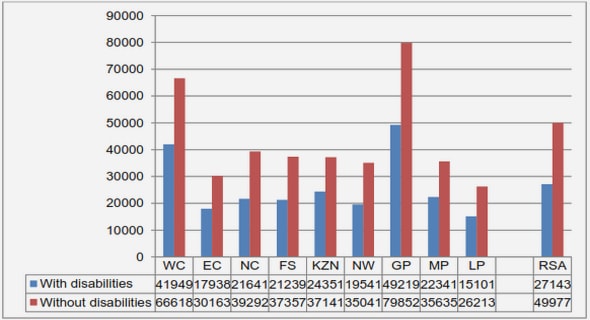(Downloads - 0)
For more info about our services contact : help@bestpfe.com
Table of contents
Chapter I: Introduction
I) Bacterial genomes
II) Bacteriophage genomes
1) History and definition
2) Genome organization
3) Ways to exchanges genomes fragments
III) Homologous recombination
1) History and definition
2) RecA
3) Phage recombinases
IV) All the questionings
Chapter II: Rad52 recombinases and mosaicism
Abstract
Introduction
Results
A recombination assay to measure formation of mosaics in phage λ
Mosaicism is produced by homologous recombination
Recombination genes involved in mosaism
Role of other phage encoded recombination promoting genes
Homologous recombination‐dependant gene shuffling also occurs with phage Φ80
Like Redβ and RecTΦ80, ErfD3 and RecTRac recombinases are efficient on diverged sequences
Genomic analysis reaveals abundant mosaics amond and between phage genomes
Discussion
Mosaic formation is driven by Rad52‐like phage recombinases
Contribution of accessory proteins Orf and Rap to recombination
Quantification of mosaics and traces of homologous recombination in phage genomes
Consequences for evolution
Materiels and Methods
References
Supplementary Text, Tables and figures
Chapter III: SSA activity of Sak4 recombinases
Abstract
Introduction
Material and Methods
Results
Temperate phage encoding Sak4 often encode an atypical SSB nearby
The SSBHK620 is essential for Sak4HK620 SSA activity in vivo
Both Sak4HK620 and Redβλ anneal up to 12% diverged sequences in vivo
Sak4 proteins are hardly soluble
The phage‐encoded SSB‐like proteins have affinity for ssDNA
GST‐Sak4PA73 does not degrade ATP
GST‐Sak4PA73 does not promote strand exchange, nor stimulates the RecA reaction
GST‐Sak4PA73 performs SSA in vitro, and anneals up to 20% diverged sigle styranded DNAs
Discussion
Sak4 has SSA activity
The in vitro SSA activity of RecAE.coli is inhibited in vivo
Redβλ and GST‐Sak4PA73 tolerate the presence of mismatches during SSA
References
Supplementary Text, Tables and figures
Chapter IV: Discussion
I) Mosaic acquisition: causes and consequences
1) Phage recombinases, a major cause of mosaïcism
2) Consequences on genomes
3) A new definition of phage species?
II) The phage core‐only RecA Sak4…
1) … compared with RecA
2) … compared with other core‐only RecA
III) Origin and distribution of recombinases
1) The ubiquitous RecA
2) The phage Rad52 domesticated by Eukaryotes
3) The virus‐only Gp2.5
IV) General conclusion
References




